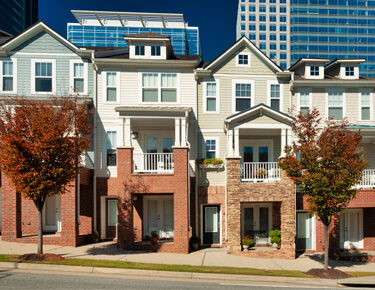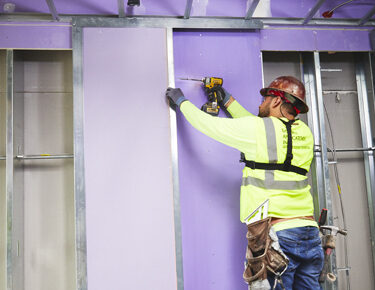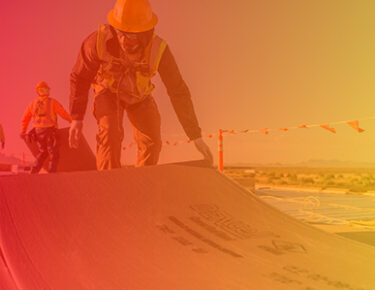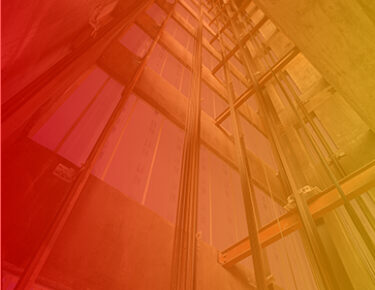 Roofing Systems
Roofing Systems
Protecting data centers: the importance of roof cover boards
From fire and thermal protection to extending the roof’s life, DEXcell roof boards are key to roof resilience
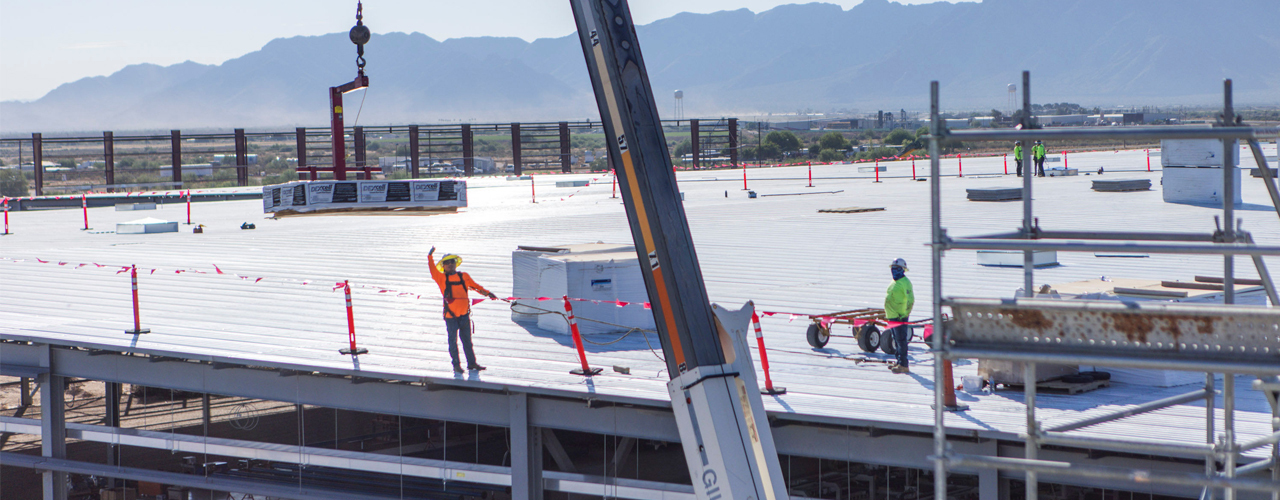
Data centers are the digital backbone of our modern world. They house sensitive, expensive equipment that powers the cloud computing, artificial intelligence and streaming services that undergird government functions, commercial transactions, education and entertainment.
Extreme weather damage to data centers can be costly and frustrating. That’s why it’s critical to design resilience into data centers, starting with the roof.
This article will explore the unique challenges data center roofs face and how high-performance solutions such as DEXcell® Roof Boards, provided by National Gypsum Company, protect the investment in the data center roof assembly and everything in the building below.
What are the key challenges facing data center roof assemblies?
Data center roof assemblies are subjected to numerous stresses that demand high-performance solutions.
Wind
Wind flowing over the building creates areas of positive and negative air pressure that result in different forces exerted on its structural elements. Wind uplift attempts to pull the roof off the building, with forces becoming particularly extreme at the corners and on the perimeter.
Building codes and engineering groups such as the American Society of Civil Engineers set wind performance standards measured in miles per hour. They vary significantly by location, for example inland locations may require a 90 mph rating, while coastal areas — known as High-Velocity Hurricane Zones — require a rating over 200 mph. DEXcell Roof Boards provide the rigidity needed to distribute this wind load across the roof surface, offering superior wind uplift performance that often makes them a requirement in high-wind regions where other options are insufficient.
Fire
The threat of fire can come from both outside and inside a data center. Embers from adjacent burning structures or wildfires can land on the roof. Conversely, a fire starting within the facility could spread up into the data center roof assembly. All DEXcell products meet Class A and Class 1 fire ratings, and the 5/8" boards can help achieve 1- or 2-hour fire-rated roof-ceiling assemblies. The inherent fire resistance of the gypsum and cement in DEXcell products significantly enhances the roof’s overall fire performance.
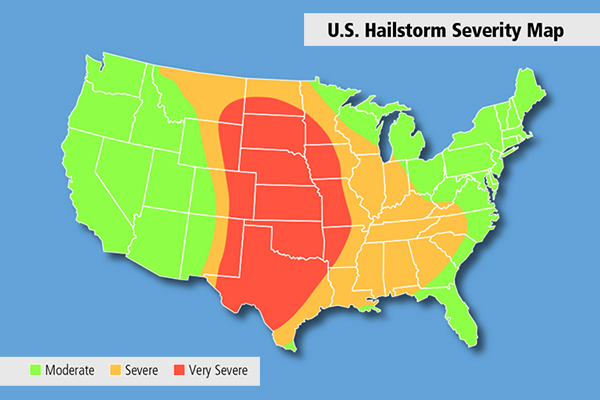
Hail
Using roof cover boards on data centers can reduce hail damage to the roof membrane and the underlying insulation. DEXcell FA VSH® Glass Mat Roof Board is specifically designed for single-ply systems in hail-prone regions.
Human traffic and impact
Data center roof assemblies see frequent visits from mechanics and technicians servicing HVAC units, generators and chillers. Despite designated walkways, foot traffic across the membrane is common and can degrade the insulation over time. Dropped tools can also dent and puncture the membrane. DEXcell Roof Boards offer superior compressive strength (700–1100 psi) compared to high-density polyiso (80–150 psi), protecting the membrane and insulation from foot traffic and impact.
Equipment weight
Heavy rooftop equipment, including HVAC units and the solar array racks, can crush the underlying assembly when not properly supported. A hard coverboard keeps the insulation from being damaged under this significant weight.
Thermal spikes
The waterproofing membrane on a low-slope data center roof assembly is in a constant battle with rapid temperature fluctuations. The shift from direct sun to cloud cover causes molecular degradation, making the membrane brittle and prone to cracks and leaks. Rainwater pooling in divots, such as those caused by foot traffic or dropped tools, can act like a magnifying glass, concentrating heat on the membrane. Unlike insulation-based coverboards that can trap heat in the membrane, gypsum and cement-based DEXcell products act as heat sinks. They absorb intense heat from the membrane and release it slowly, buffering against extreme temperature spikes and increasing the membrane’s longevity.
The DEXcell family of products: Versatility in application and protection
While simply using a membrane is an option, and high-density polyiso coverboard is a better one, DEXcell Roof Boards provide the best protection for a data center roof assembly. While it is lightweight, high-density polyiso is less dense than gypsum or cement, making it prone to being crushed over time. Conversely, DEXcell gypsum and cement-based boards offer superior compressive strength and durability over the long term.
The DEXcell product family includes:
- DEXcell® Glass Mat Roof Board: An ideal choice for mechanically attached systems.
- DEXcell FA® Glass Mat Roof Board: Designed for fully adhered (glued-down) systems.
- DEXcell FA VSH® Glass Mat Roof Board: A specialized product offering resistance to severe hail for single-ply solutions, perfect for hail-prone regions.
- DEXcell® Cement Roof Board: The most robust option, suitable for mechanically attached, adhered or hot-mopped systems, especially in high-moisture conditions.
It is important to note that DEXcell gypsum roof boards are glass mat products, not paper-faced, for enhanced weather resistance. For projects requiring a higher R-value, DEXcell boards, which have a nominal R-value of 0.5, can be effectively combined with polyiso insulation placed underneath them.
Protecting your investment
The demanding data center environment requires nothing less than high-performance building materials. DEXcell Roof Boards offer protection against the multitude of challenges a data center roof assembly faces, from wind uplift and fire to hail and heavy operational loads. By choosing DEXcell, architects, contractors and data center owners are making a commitment to long-term performance and protection, ensuring a robust and reliable roof that safeguards vital operations and expensive equipment for years to come.
For technical questions or to discuss your next project, contact the experts at 1-800-NATIONAL® Construction Services, your construction design manager or a field sales manager.




